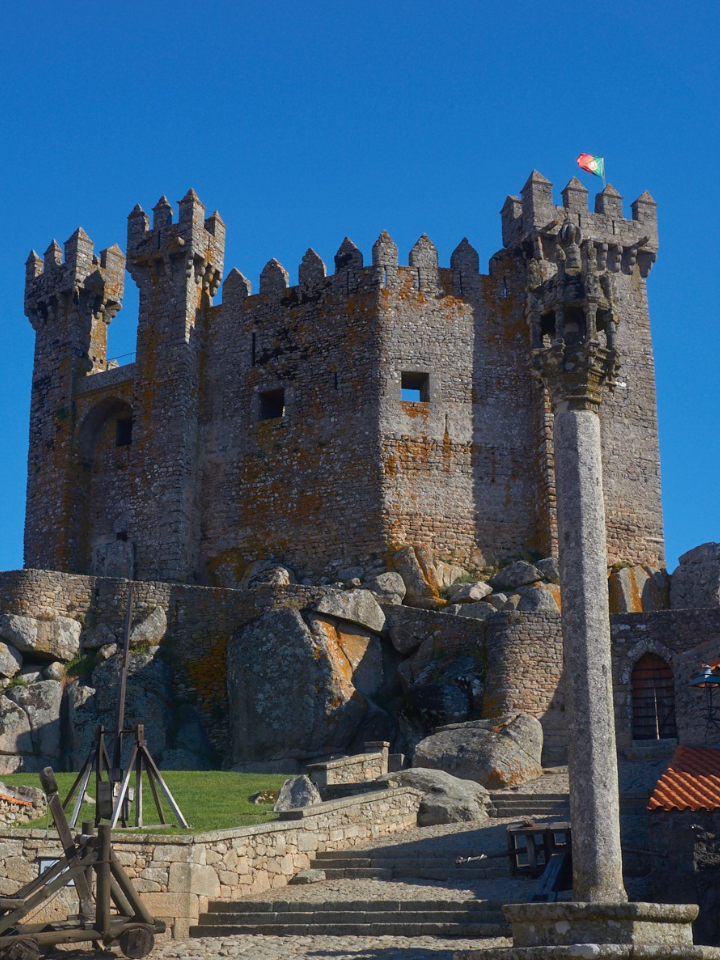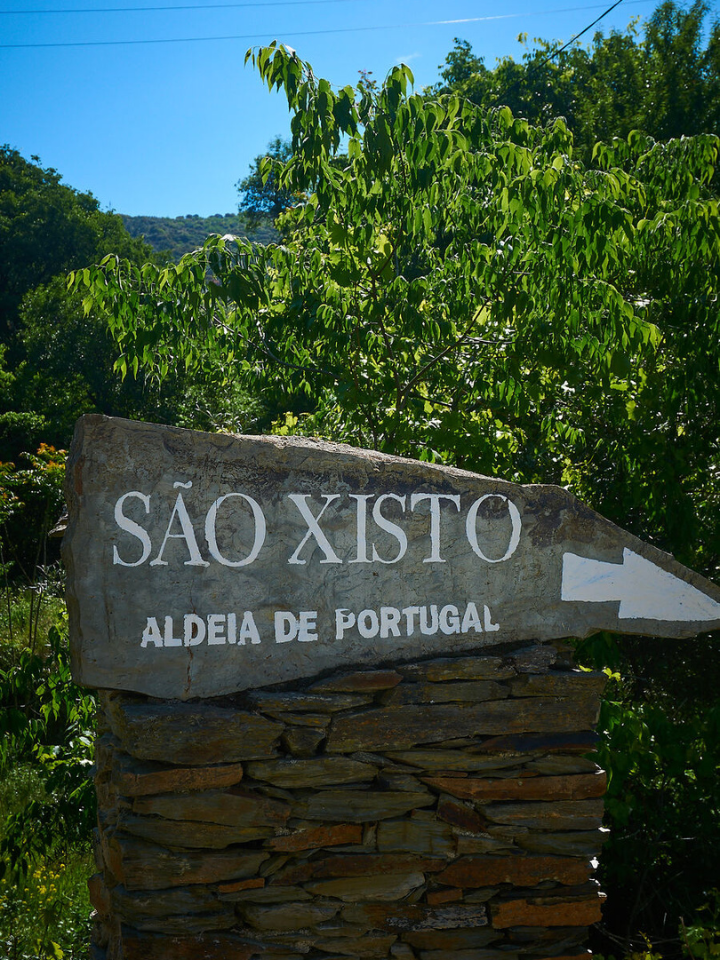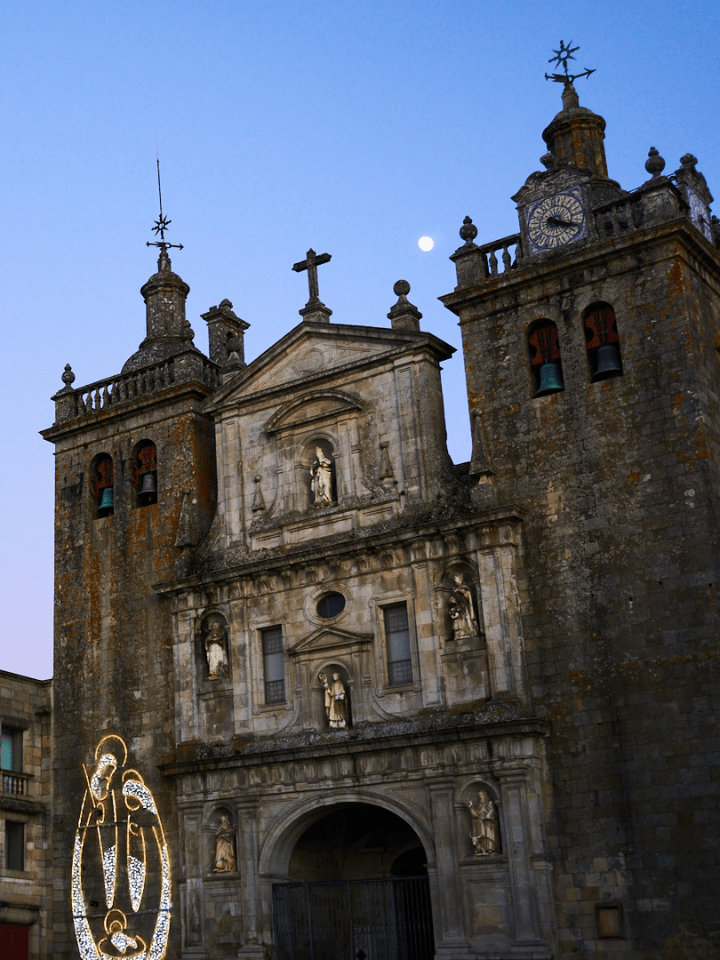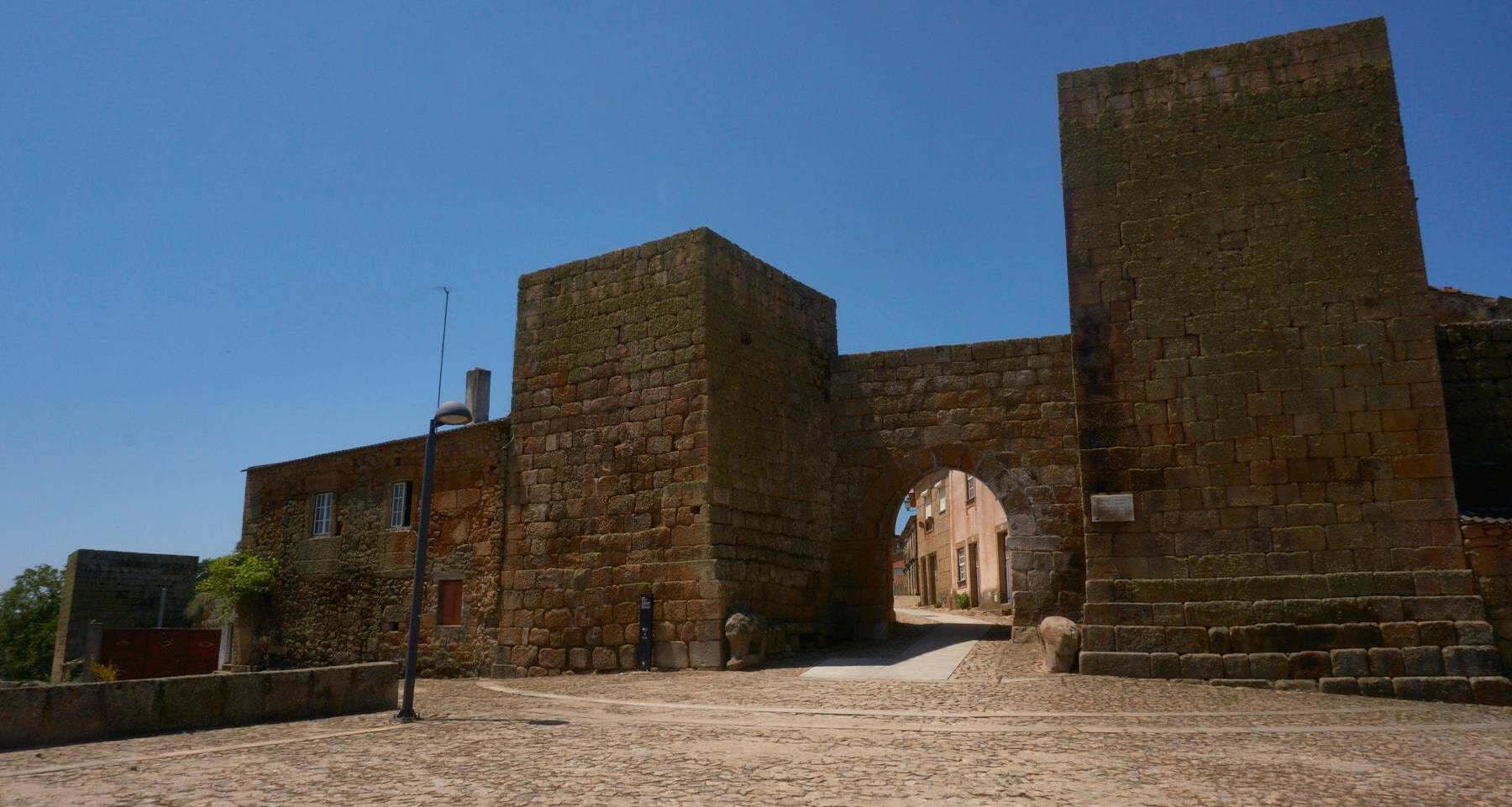
The small village of Castelo Mendo, 10 km from the Spanish border, is one of Portugal's 12 Historic Villages.
Built entirely within a city wall, accessible through the Porta da Vila, Castelo Mendo is a medieval village built at a strategic point of defense, having been the scene of many battles between the Portuguese and the Spanish.
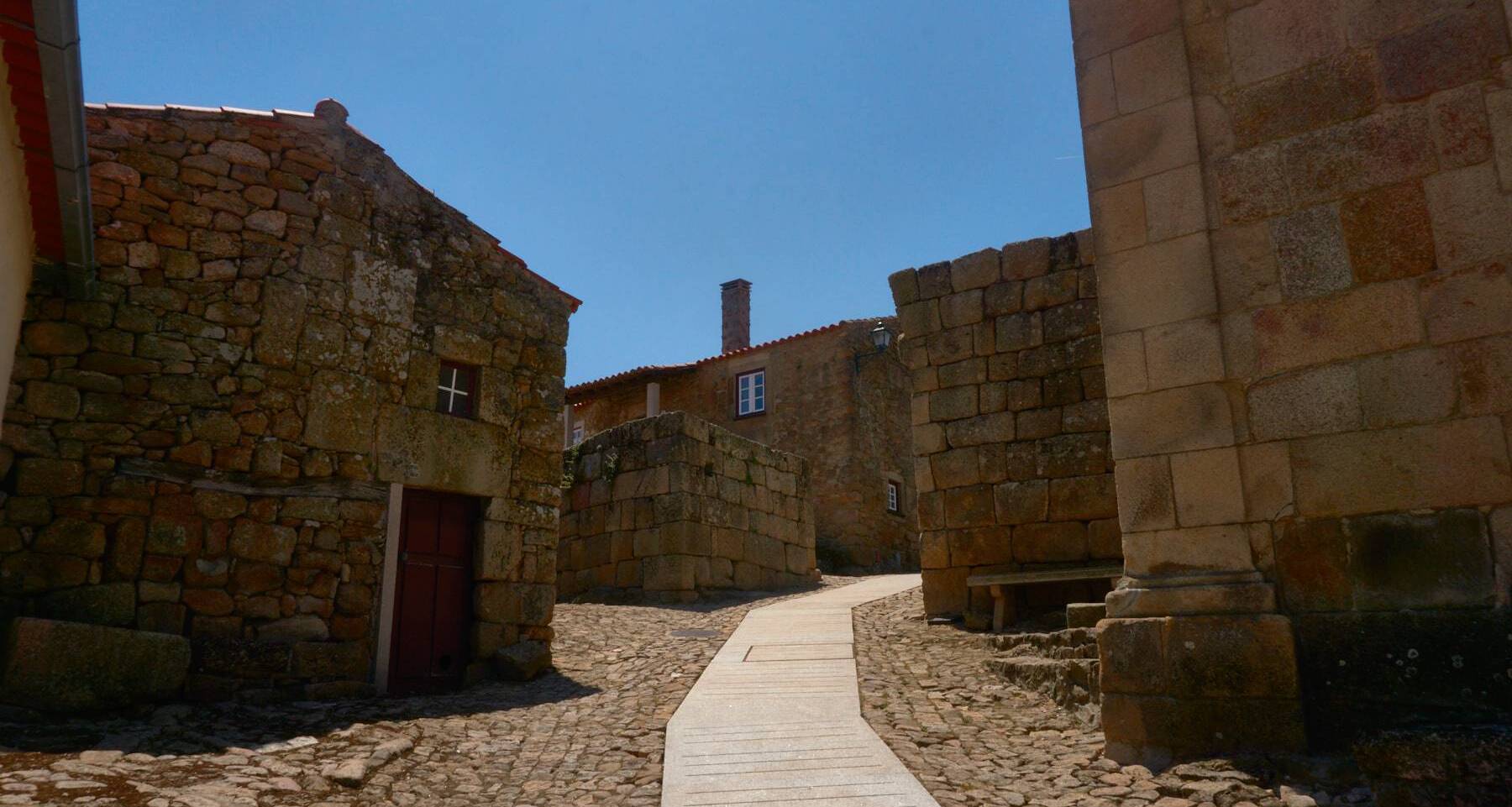
The development of the village is closely associated with King Sancho II, who created the free fair, leading to greater economic development and population growth. It is also to this king that the construction of the original wall is associated, with the second wall having already been built by King Dinis.
It is, in our eyes, a village that tends to be neglected by those who visit the region, located in the middle of many historic villages. However, we sincerely recommend that you give this beautiful village a chance. It's a quiet village, where you can only hear nature and the occasional chatter of someone in the distance.
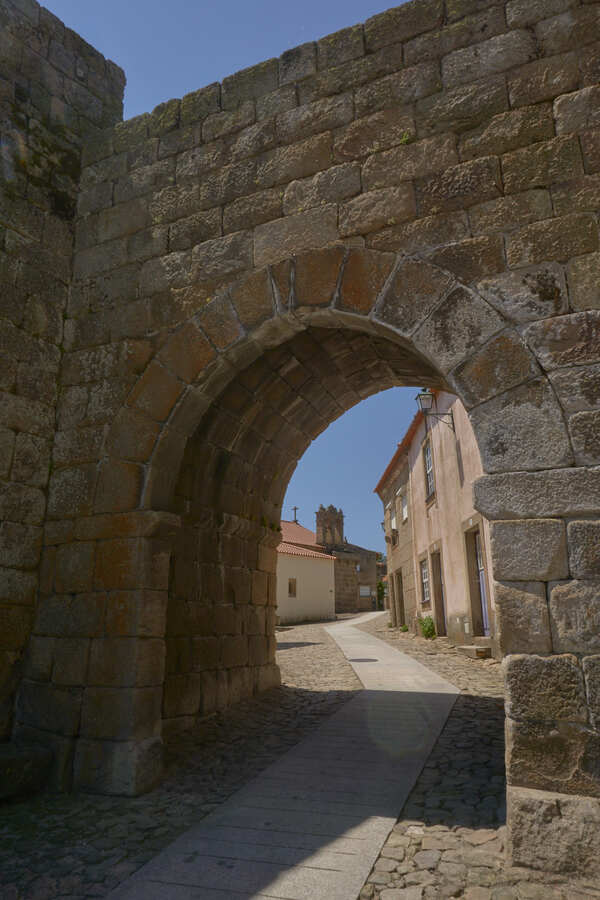
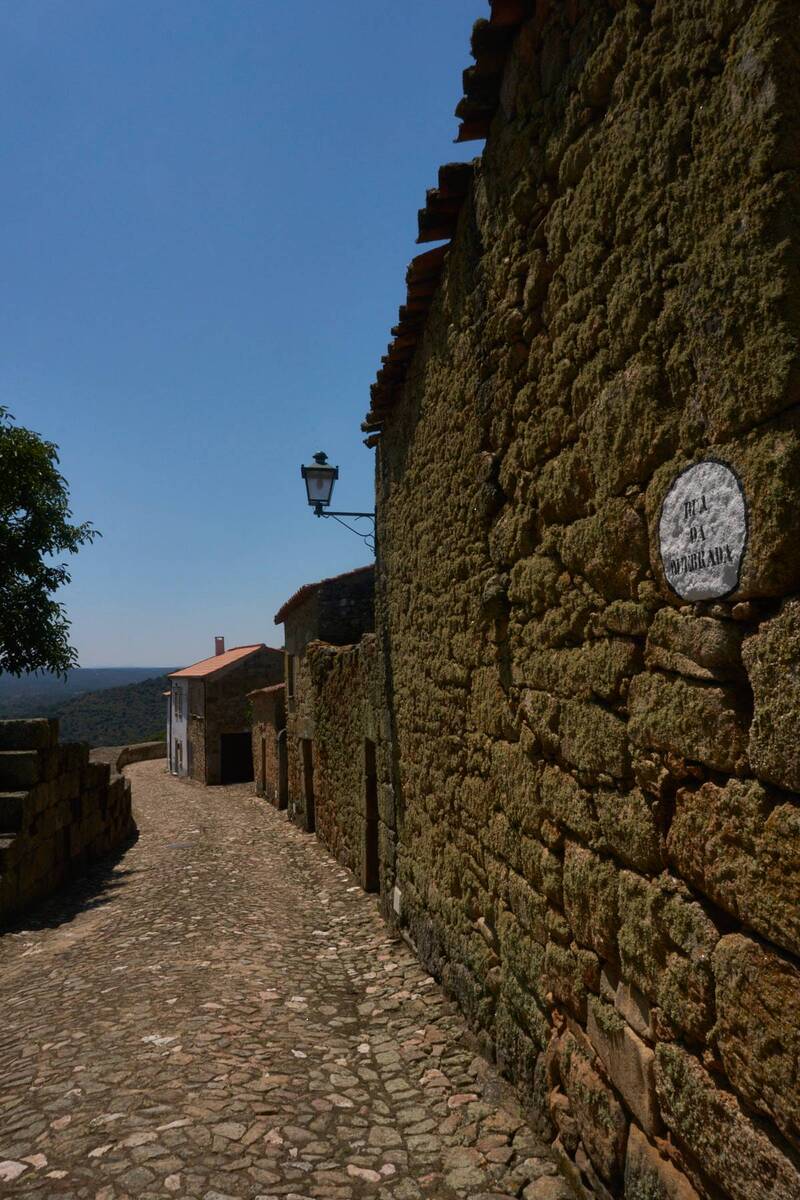
Castelo Mendo, 10 km from Spain, is one of the 12 Historic Villages of Portugal
From the moment you cross the Porta da Vila, the streets invite you to walk around and discover the secrets that this ancient village has to offer. Most of the houses follow the same style: two storeys, with the lower floor used for livestock and the upper floor used as a residence, often with a porch. The windows and doors stand out, many painted in colors such as purple and red, and the police numbers, painted on the doors in black under a ball of white - a format that is also used to indicate street names.
On the left is the Church of São Vicente or Igreja da Misericórdia, built in the 13th century and of Romanesque origin. A few meters away is the second church in the village, the Igreja Matriz or Igreja de São Pedro, from the 14th century.
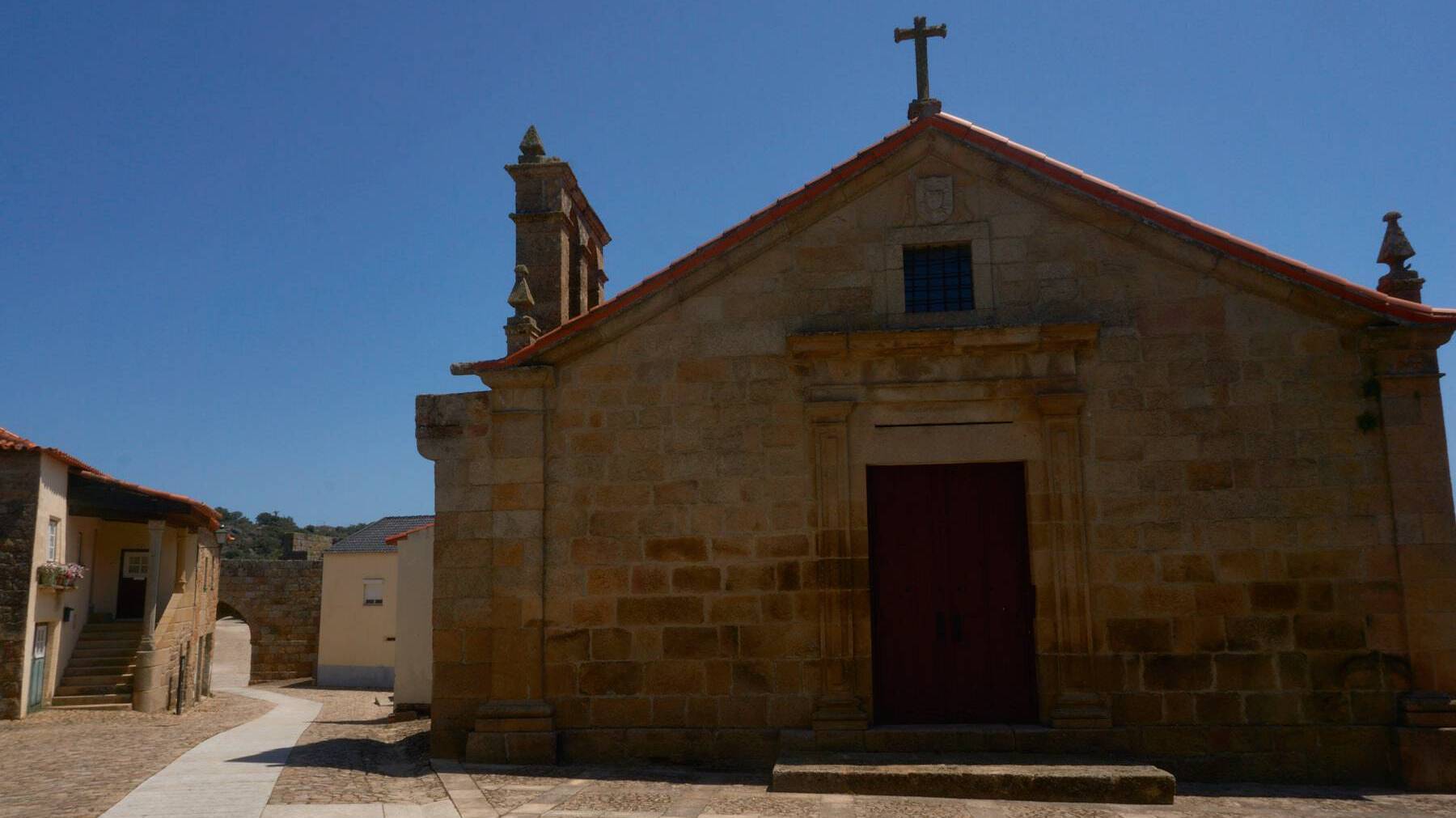
The main road, with signs indicating which way to go, takes us to the village square, where the 7-meter-high pillory stands out. Following the main path, we come to the highest point in the village, which begins with what remains of the medieval Calçada, followed by the ruins of what was once a castle and a church.
Castelo Mendo Castle is currently in ruins. In fact, all that remains of the castle is the Romanesque arch, known as the Porta do Castelinho, which marked its entrance. The plaques in this area also indicate the existence of the Porta da Traição, the Keep and the Cistern, but only marks remain of these parts.
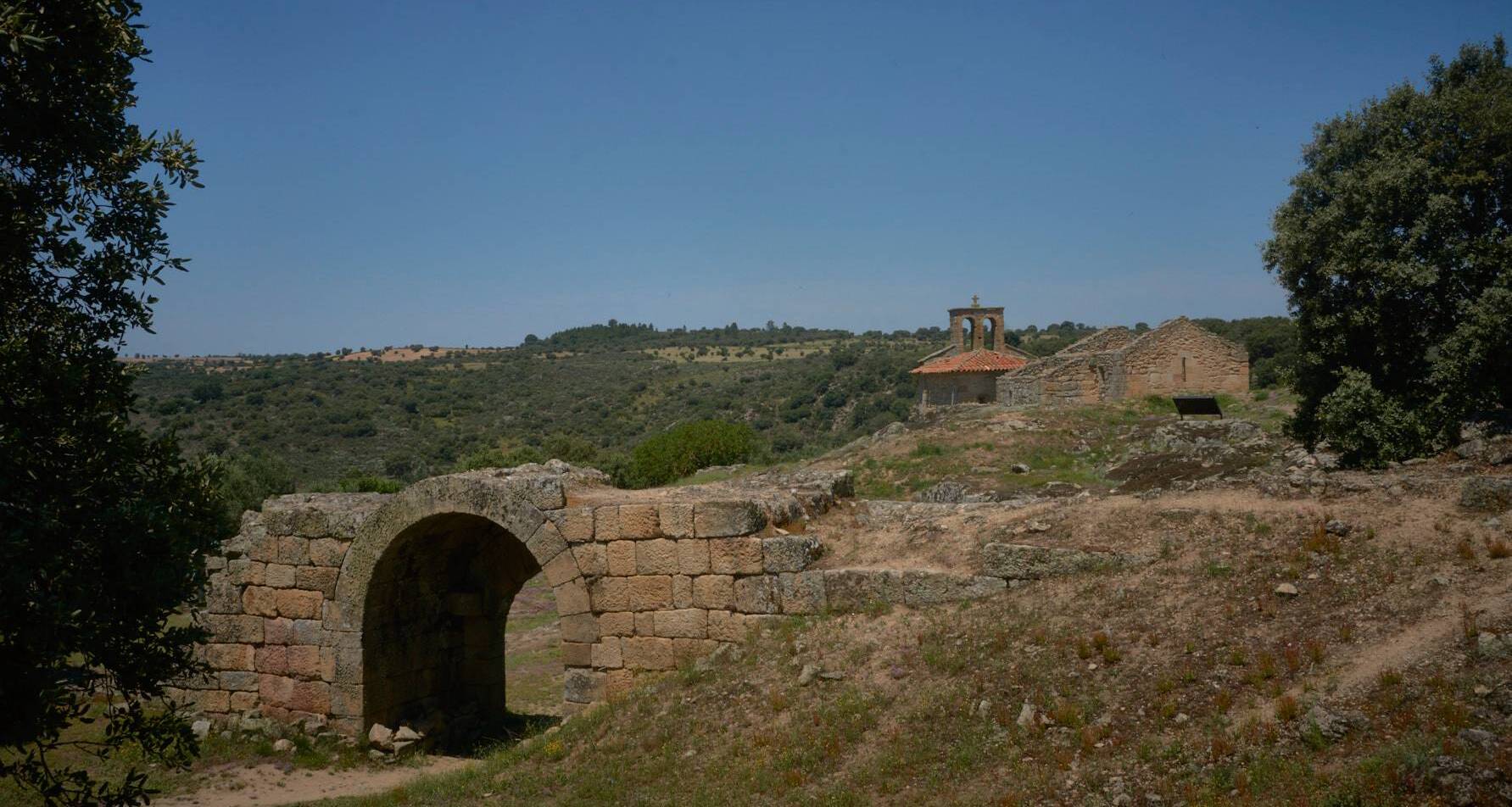
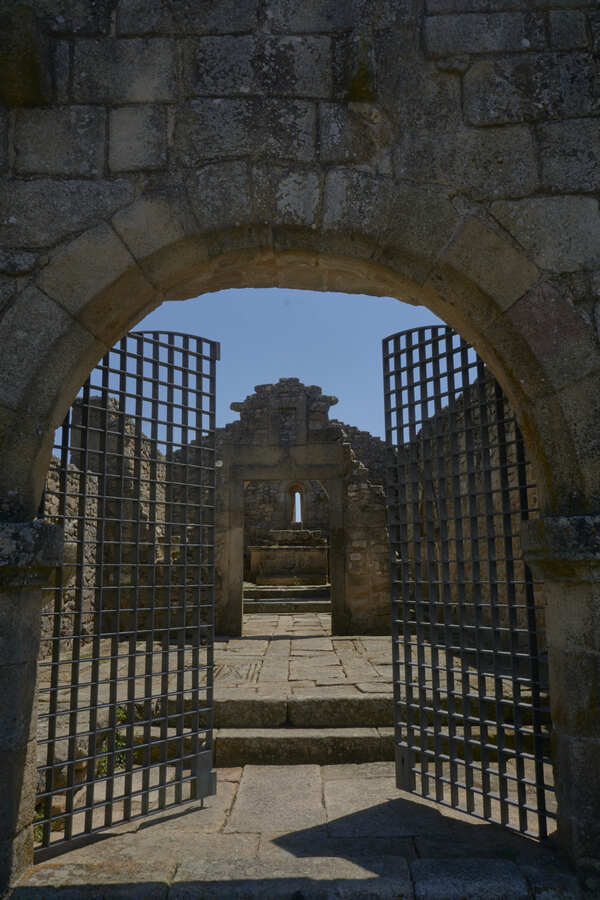
It's in the castle grounds that you'll find the Baroque of Wishes, a funny legend. From here, you can see a small rock that looks flat and has a small pit in it - local tradition has it that whoever manages to hit this pit with a stone will have their wish come true. We tried, but to no avail.
Between the Castle and the Church we find the Grave of the Nobleman (Sepultura do Fidalgo), where Miguel Augusto de Sousa Mendonça Corte Real, an important and decorated nobleman and commendatore, was buried. According to the inscription on the site, he was murdered by his own soldiers in 1840.
Finally, at the top of the village, the most prominent building: the Church of Santa Maria do Castelo. Also in ruins, but still retaining its original structure, this Romanesque-style building was built in the 13th century and has four altars.
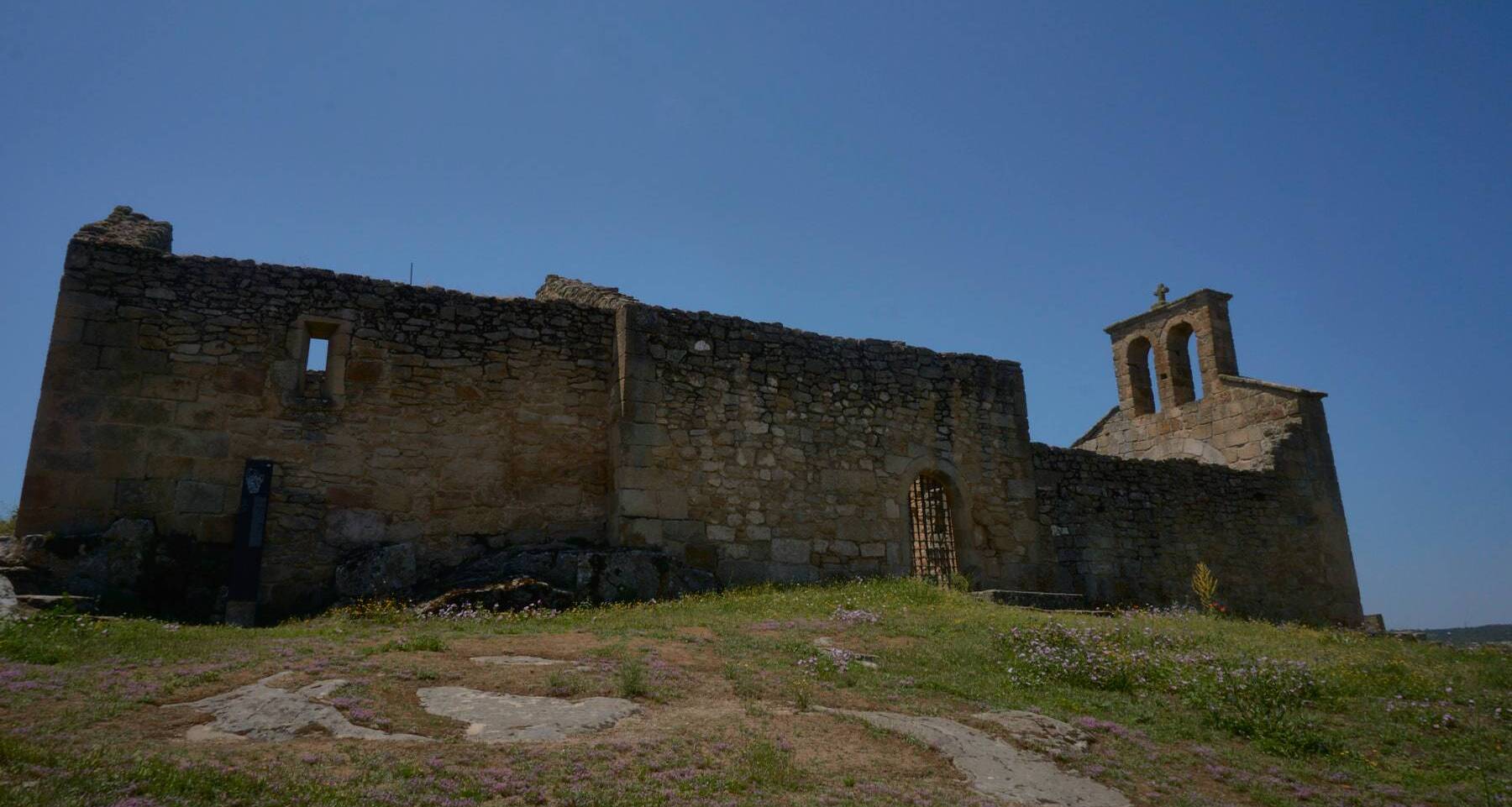
Wandering through the streets, you'll also come across several houses that are highlighted by plaques. The first is Casa Quinhentista, a two-storey house from the 16th century. Heading into the village, you'll come across the Solar do Fidalgo, which stands out from its surroundings for having a more stately feel, built in a different type of material. Despite its importance, it currently appears to be abandoned.
The House with Porch is also known as the Largo House, as it stands in the main square next to the pillory. Built in the 16th century, it is an important landmark in the village, having once housed the post office, elementary school and parish council.
You can also visit the Casa da Roda (where you can still see the Wheel of the Exposed) and the Manueline houses (which stand out for the decorative objects in the windows). Strolling through the streets, you'll also find the Community Oven, the Mercy Hospital and Mendo and Menda. The latter are two sculptures, thought to represent the village's first mayor, D. Mendo Mendes and his wife. The statue of Mendo is easier to locate, appearing in Largo do Chafariz Novo, on the way to the castle.
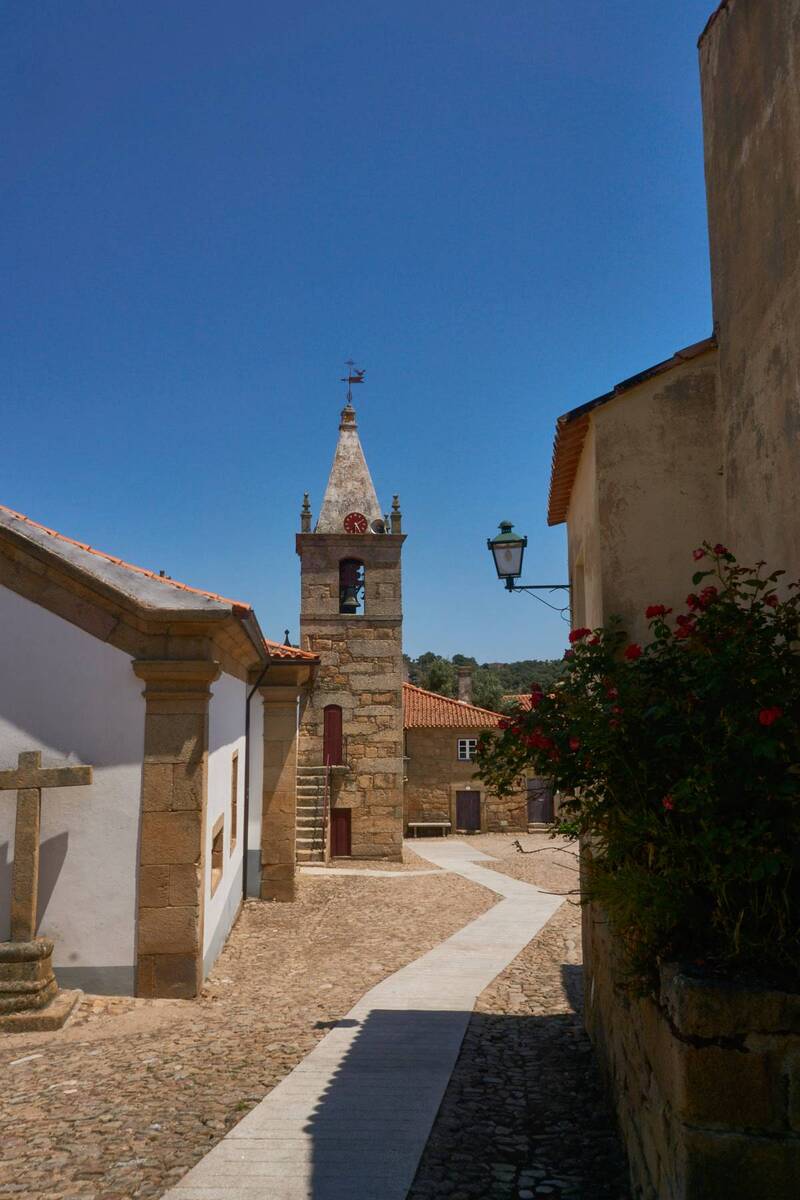
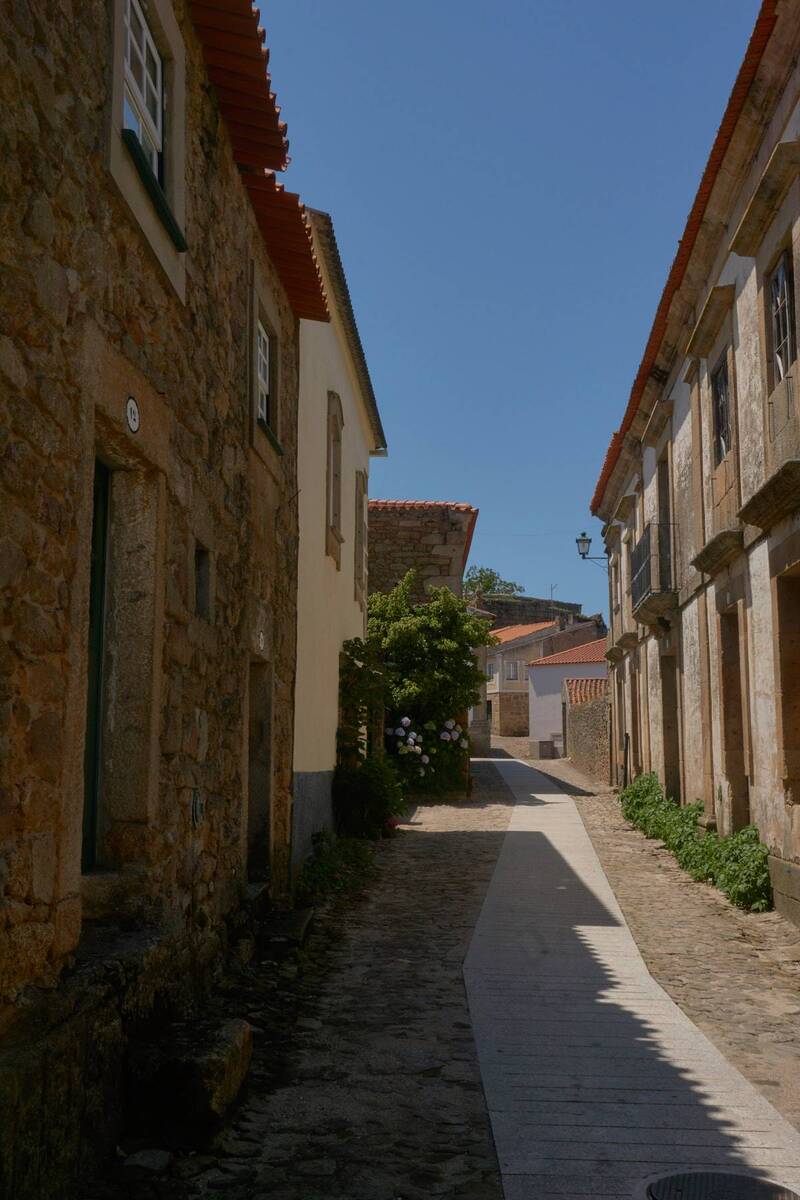
Walking along the sides of the village, you'll find other gates, the Door of the Guard, the Door of the Sun, the Door of D. Sancho or the Door of Castelinho. Next to some of them, you can climb up to the wall, but be aware that the stairs are old, faulty and unprotected, and can be dangerous.
As you wander through the streets, don't miss the Dom Sancho Handicraft Shop, a small store run by D. Maria, an elderly and extremely friendly lady who sells all kinds of souvenirs, from local wines to hand-painted crockery.
more to see
